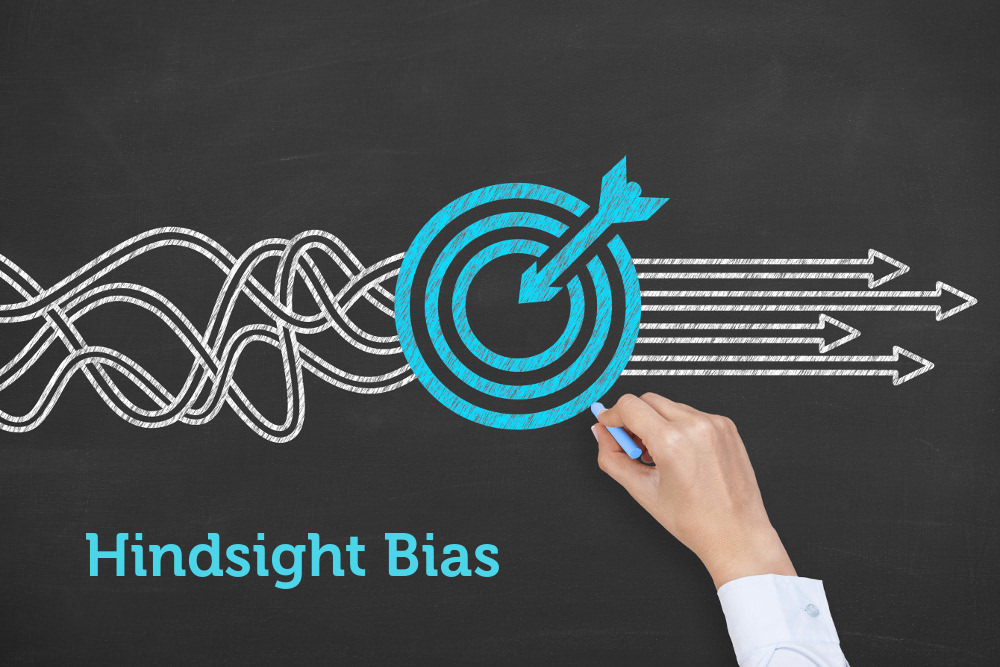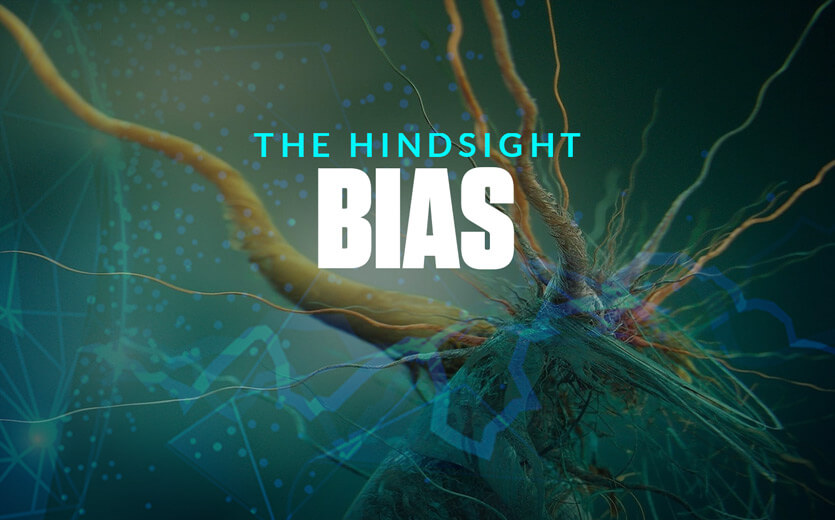

To do this, Fischhoff and Beyth asked participants to predict how likely the various outcomes to then US President Nixon’s upcoming trip to China and the Soviet Union were. Interested in the phenomenon and its application to the predictability of political events in hindsight, Fischhoff joined with researcher Ruth Beyth-Marom to test the hypothesis in 1975. He was motivated by an article by Paul Meehl on doctors exaggerating their feeling of having known all along how their patient cases were going to turn out. Motivated by the seminal work of his supervisors, Daniel Kahneman and Amos Tversky, on heuristics, Baruch Fischhoff was the first to study hindsight bias experimentally. While the “knew it all along” phenomenon is not new, its formal scientific study started in the early 1970s. Research shows that our actions are often subconsciously motivated to promote a positive view of ourselves. It also feels nice to think that your predictions were right or that you “knew-it-all-along” even if you might not have. This can motivate us to see unpredictable events as predictable. Motivational: It brings us comfort to think that the world is orderly and predictable.This makes us certain that it is an understanding we had before. It is often easy to understand how or why an event happened in retrospect, due, at least in part, to the availability heuristic. When people find it easy to think and understand a past judgement or event (an earlier thought), they can confuse ease with certainty. Metacognitive: Metacognition is when we think about our thoughts themselves.We do this to create a story that makes sense with the information we already have in what’s known as “sensemaking.” This is related to confirmation bias. Cognitive: We often distort their memory of past events by selectively remembering information that confirms what we already now know to be true.3 So, the bias occurs when we misremember our past thoughts, think a past event was inevitable, and subsequently, believe the event was foreseeable.įrom their review of existing literature on hindsight bias, Roese and Vohs conclude that there are three main sorts of variables that affect the three levels of hindsight bias to create our tendency of overestimating our predictive abilities: Roese and Vohs call this degree of hindsight bias “inevitability.” The last level, “foreseeability,” entails believing that we could have foreseen the event. The second level is centered around our belief that a past event was inevitable. We often do this when claiming we said something when we didn’t.

The first level is “memory distortion.” This involves misremembering a past judgment or opnition. 2 According to psychological scientists Neal Roese and Kathleen Vohs, there are three stacking levels on which this can occur.

The hindsight bias happens when new information surrounding a past experience changes our recollection of that experience from an original thought into something different. He overestimates his ability to have predicted the end of his relationship with Jane once the relationship is suddenly over. An unforeseen break-up becomes foreseeable to John after it takes place. He had known it all along, and so this bad news from Jane was no surprise to him.

Now that he looks back at his relationship with Jane, he saw many signs that pointed to trouble: cancelled plans, awkwardness, being ignored by her friends, and so forth. He knew it! John tells himself, and then his friends. It turns out, Jane is not so happy with the relationship. Is everything alright? Does Jane still love him? He did notice some tension between them the last few weeks. One day after work, John receives a message from Jane: ‘We need to talk.’ Suddenly, he gets worried. They are madly in love, and have plans to move in together in a few months - at least that’s what John thinks. Consider this hypothetical: John and Jane have a fantastic relationship.


 0 kommentar(er)
0 kommentar(er)
